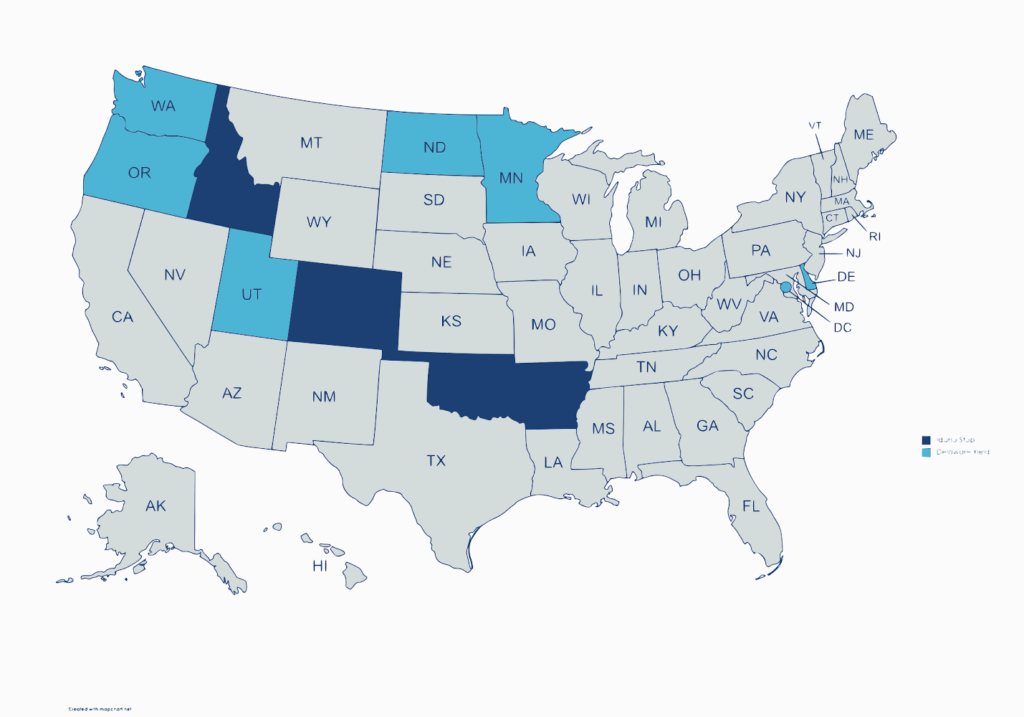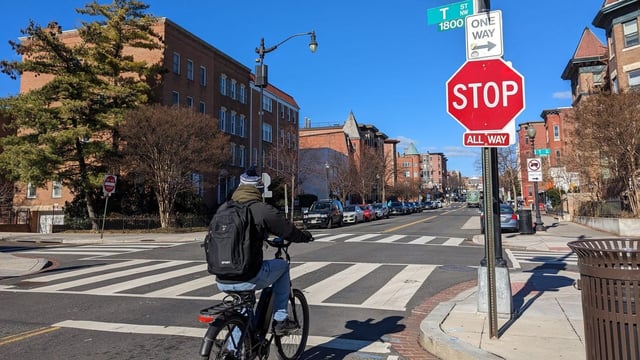Yield or Stop? Delaware or Idaho?
In the U.S., 10 states and the District of Columbia have laws enabling cyclists to yield at stop signs. Arkansas, Colorado, Idaho and Oklahoma use the Idaho Stop. Delaware, District of Columbia, Minnesota, North Dakota, Oregon, Utah and Washington all employ the Delaware Yield.

So what’s the basic difference between these two cycling laws?
Cycling and pedestrian advocacy group, Bike Delaware, states that the Delaware Yield “permits cyclists in Delaware to treat most Stop signs as Yield signs. The law does not grant a cyclist any preference over vehicles already in an intersection—she must yield to those vehicles—but it does permit her to slow down and proceed carefully through an intersection without having to come to a complete stop if it’s safe for her to do that.”
In addition to yielding at stop signs, the Idaho Stop has a provision regarding stop lights. The statue listed on the Idaho Legislative website states: “A person operating a bicycle or human-powered vehicle approaching a steady red traffic control light shall stop before entering the intersection and shall yield to all other traffic. Once the person has yielded, he may proceed through the steady red light with caution. Provided however, that a person, after slowing to a reasonable speed and yielding the right-of-way, if required, may cautiously make a right-hand turn. A left-hand turn onto a one-way highway may be made on a red light after stopping and yielding to other traffic.”

